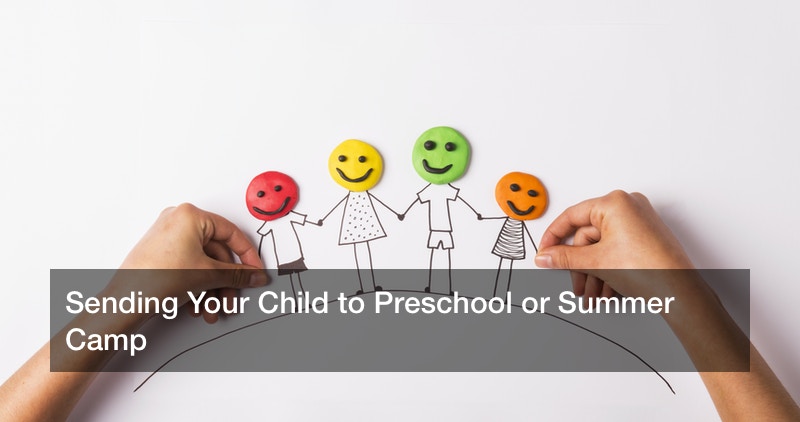
Parents are always deeply invested in the education of their children, since a good education is the key to any child’s future success. Therefore, when a family moves to a new area or if their child is old enough for preschool or kindergarten, those parents may use a combination of personal references and an online search to find the right schools for those children. Many parents ask the question “is my child ready for preschool?” Most often, they may ask this if their child is walking and talking, and showing boundless curiosity about the world around them. When asking “is my child ready for preschool?”, the parents may conduct an online search for finding the right preschool for that child. It may be noted that the effort to find a preschool is not the same as finding the right daycare, as a preschool is more education-oriented and prepares young students for their proper K-12 education. Asking “is my child ready for preschool?” is just the start. Parents can conduct a thorough search to find the right school for their children, not to mention summer camps later on.
Is My Child Ready for Preschool
Most American children begin kindergarten, the first year of their compulsory education, when they are five or six years old. But a child younger than that is a fine candidate for preschool, and children as young as three may be sent to a fine preschool in their area. Children aged three, four, and five may be sent to preschool, with older children being more likely to get enrolled. What is more, many more American parents today are asking “is my child ready for preschool?” and deciding “yes,” than in earlier years. From the year 1990 to 2013 or so, the percentage of families who sent their children to preschool rose considerably. The percentage of children being sent to preprimary programs rose from 59% to 65%, with most of that growth taking place between 1990 and 2000.
Meanwhile, demographics studies show that families of various ethnic or racial backgrounds send their children to preschool at similar rates, showing the universal appeal of preprimary school. In particular, 63.5% of non-Hispanic white children aged three to five are enrolled in preschool programs, 68.4% of African American/Black children are enrolled, 68.4% of children in Asian-American households, and 51.9% of non-white, Hispanic children of that age group. Better yet, the process for finding a suitable preschool may be broken down into a few clear steps for the parents, making enrollment easier.
Get Your Child Enrolled
While a preschool education is not mandatory the way a K-12 education is, the numbers make it clear that many parents are greatly interested in sending their children to preschool. If a family moves to a new area or if their child becomes old enough for preschool, then the parents may conduct an online search to get started. This may include specifying that they are looking for a preschool (and not a day care), and specify their home city or town’s name or even include their address to keep the results local. Parents may also specify that they want a private preschool for their children, as private preschools may be generously funded and boast expert staff, analogous to private high schools.
Doing this will show a whole list of local preschools, and in large cities such as Boston, Miami, or Los Angeles, this list might indeed be a long one. Clients might strike out preschool that are deemed too far away or those that are not accepting new students anyway, and visit the rest in person to evaluate them. Parents will certainly bring their children along, too.
At a candidate preschool, parents may consult the staff about the teachers’ credentials and work experience, as well as look into the school’s funding and parent reviews. Meanwhile, the guest clients’ child may get his or her own impression of the school, and if that child feels comfortable there and gets along with the staff, that school may be a strong candidate. Parents may also inquire about any specialty programs that the preschool offers, anything that might set it apart from others in the area. Once the best school is found, the child may be enrolled there.

